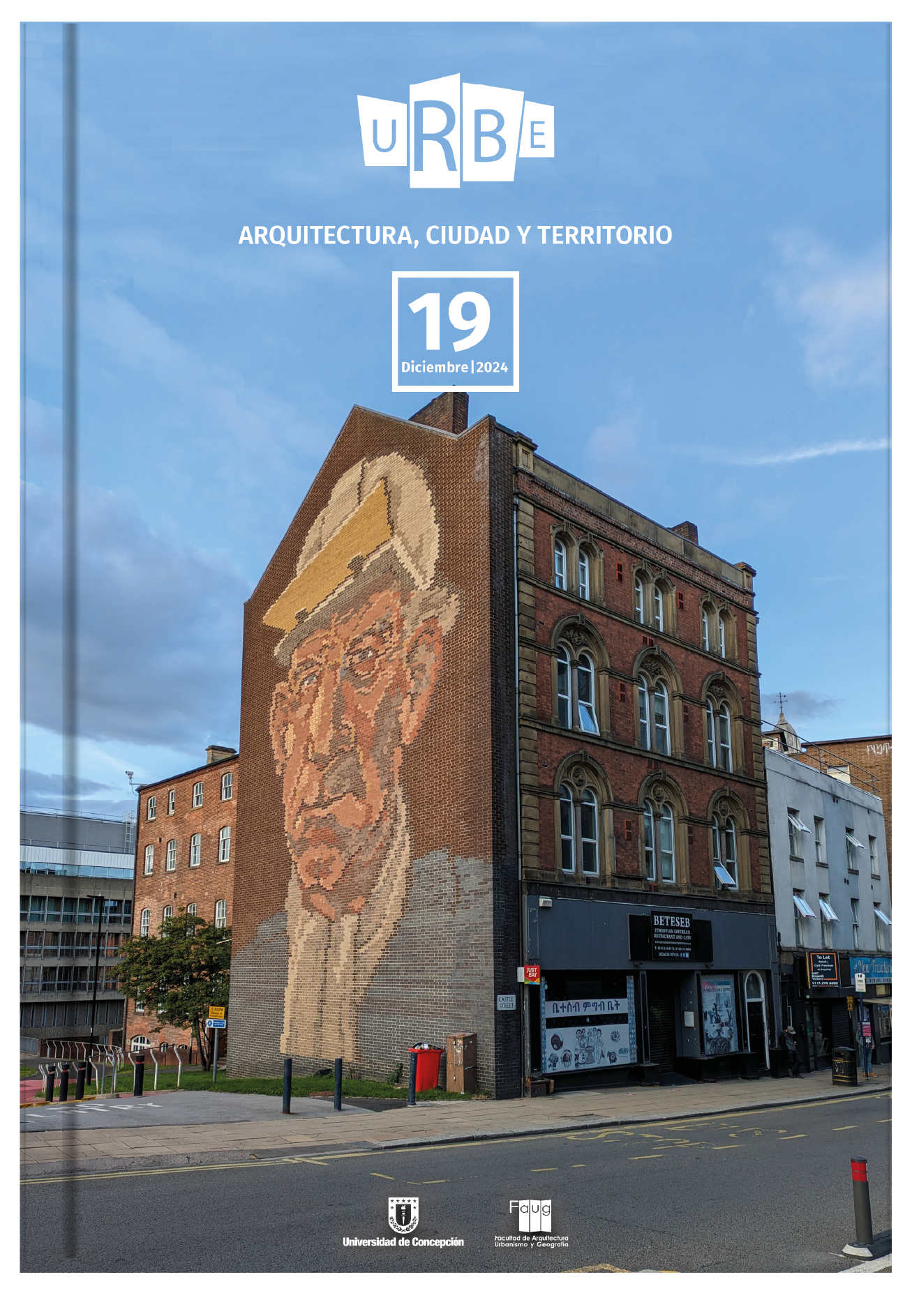Community identity in popular neighborhoods, resistance from social cohesion
DOI:
https://doi.org/10.29393/UR19-2ICMS10002Keywords:
Urban identities, social identities, community identity, popular neighbourhoods, public spacesAbstract
Community identity in lower class neigh-borhoods is a complex construction that integrates urban and social elements. However, there is a lack of comprehensive research that explores how the physical environment and social dynamics combine to form this identity. This study addresses this gap and analyzes the interrelation between the urban environment and social identity in popular neighborhoods. Two lower class neighborhoods in the city of Cuernavaca are compared to identify patterns and variations in the formation of community identity showing the impact of the design and quality of public spaces on community identity and examining how social networks, cultural practices and citizen participation influence the construction of social identity. A mixed approach was used; The qualitative methodology includes interviews, focus gro-ups and participant observation to collect residents' perspectives on their identity and environment; the quantitative methodology used surveys to obtain statistical data on residents' perception of their identity. The study reveals that the quality of public space and urban infrastructure are fundamental for the sense of belonging and social cohesion; community participation and social networks are also key factors in identity construction. Notable differences were found between neighborhoods, influenced by their specific characteristics and social dynamics. The interdependence between urban and social factors in the formation of community identity is highlighted. Among the contributions made is the proposal to integrate the participatory design of public spaces and promote social networks to strengthen identity in popular neighborhoods, providing a basis for future inclusive urban policies. In addition, a methodology is provided for the analysis of social and urban identities that integrates the social and infrastructure dimensions; the perceptive and the territorial; the symbolic, the physical and the social.
Downloads
References
Berenstein Jacques, P. (2017). La construcción social de los barrios populares: Identidad, resistencia y espacio urbano en América Latina. Revista Latinoamericana de Estudios Urbanos, 19(2), 45-60.
Canclini, G. (1995). Consumidores y ciudadanos: Conflictos multiculturales de la globalización. México: Grijalbo.
Carrion, F. (2019). El espacio público es una relación no un espacio. En F. Carrion, & M. Dammert Guardia, Derecho a la ciudad: una evocación de las transformaciones urbanas em America Latina (págs. 191-222). Ecuador: CLACSO, Flacso.
Delgado, M. (2007). Sociedades movedizas, pasos hacia una antropología de las calles. Barcelona: Anagrama.
Haslam, S. A. (2018). Revisiting the psychology of identity: The social identity approach. Annual Review of Psychology, 69(1), 147-171.
Lalli, M. (2015). Urban identity and city planning: Creating place attachment through urban design. Journal of Environmental Psychology, 42(2), 221-231.
Martínez Assad. (2002). "Los pueblos mágicos: Entre la tradición y la modernidad". México: Siglo XXI Editores.
Montero, M. (2004). Introducción a la psicología comunitaria: Desarrollo, conceptos y procesos. Buenos Aires: Paidós.
Murillo, F., & Schweitzer, M. (2011). Planear el barrio. Urbanismo participativo para construir el derecho a la ciudad. Buenos Aires: Cuentahilos editores.
SEDATU. (2020). Vertiente mejoramiento integral de barrios. Guia para la implementación de la participación comunitaria. CDMX: Gobierno de México .
Tajfel, H., & Turner, J. C. (2016). The social identity theory of intergroup behavior. Social Psychology Quarterly, 27(3), 276-293.
Turner, J. y. (2001). The Social Identity perspective in intergroup relations: Theories, themes and controversies. R. Brown y S.L. Gaertner: Blackwell Handbook of Social Psychology: Intergroup Processes , 133-152.
Ujang, N., & Zakariya, K. (2015). The notion of place, place meaning and identity in urban regeneration. Procedia - Social and Behavioral Sciences, 170, 709-717.
Published
How to Cite
Issue
Section
Copyright (c) 2024 Mariana Silveyra

This work is licensed under a Creative Commons Attribution 4.0 International License.
Revista URBE. Arquitectura, Ciudad y Territorio tiene licencia de Creative Commons Attribution 4.0 International (CC BY 4.0) y debe citarse correctamente.









